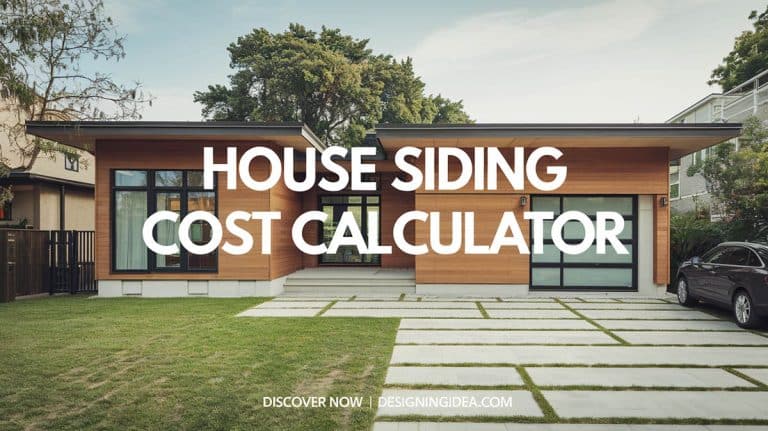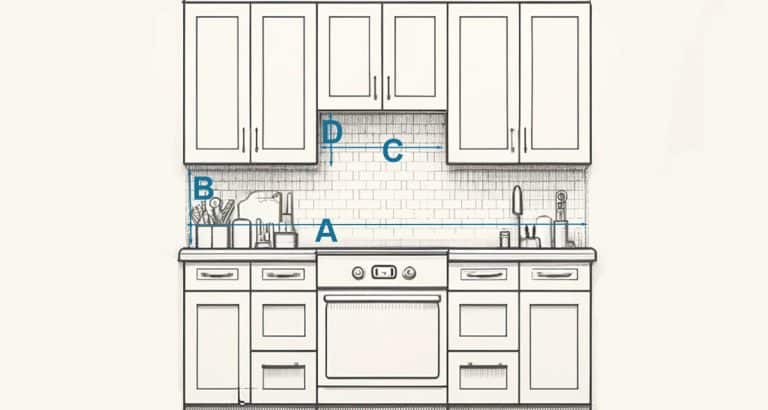Lawn Size Calculator To Easily Estimate Size & Cost
Figuring out your lawn’s square footage can be tricky, especially if you have an oddly-shaped yard. Our advanced lawn area calculator makes it easy by letting you break your lawn into basic shapes to get an accurate total area measurement.
Advanced Lawn Size Calculator
How To Use The Lawn Area Calculator
Start by choosing your preferred units – feet, meters, or yards. If your lawn is simple, enter just the length and width for a rectangular section. Got a more creative shape? No problem! Add circles or triangles by inputting radius, base and height measurements. You can input multiple sections to capture every curve, corner and crevice. As you add measurements, a visualization tool will depict your lawn’s layout.
Once your virtual lawn takes shape, the calculator adds up all sections and displays the total area. For landscaping projects, you can even enter a cost per square foot/meter to get a quick sod price estimate. No matter the contour, our lawn size calculator will crunch the numbers with precision while you kick back and envision how amazing your yard will look after it’s had a little TLC.
So don’t let an irregular lawn overwhelm you. With our calculator’s geometry functions, you’ll have the area details needed to plan lawn care, hardscaping, sod installation and more. Just start by dividing your yard into basic shapes – the rest is simple math.

Tips On Measuring For A Lawn
Measuring your lawn for landscaping projects doesn’t need to be complicated. Start by gathering a few key tools – a long tape measure, some marker stakes, paper and pencil for sketching, and a calculator to make math easy.
Break up your lawn visually into different shapes like rectangles, circles, triangles. This makes it simpler to measure. For rectangular sections, take the length and width. Divide up L-shapes along the bend into two rectangles. Measure any circles by finding the center point and radius. Ovals get the longest and shortest diameters.
Triangles can be tricky, but measure the base first as the longest side, then take the height by measuring straight up to the far corner. For other odd shapes, break them into combinations of circles, rectangles and triangles.
When measuring, don’t forget to subtract permanent features like patios or planters. But do include planting beds or areas around trees if they’re part of your lawn care plan. Carefully measure sloped sections along the angle rather than from above to get the true surface area.
Use stakes at corners or edges to keep measurements clear, especially for big lawns. Sketch out a simple diagram with the shapes and dimensions marked to help with math later. Always double check your numbers to be sure they’re right. Consider hiring a professional for extra large or convoluted yards. And satellite map views like Google Earth can estimate lawn size when used along with on the ground measuring.
The key is to slightly overestimate rather than underestimate size. This way you’ll have all the seed, and amount of sod or fertilizer you need to get the job done right! Following these tips will make lawn measurement a painless process.






